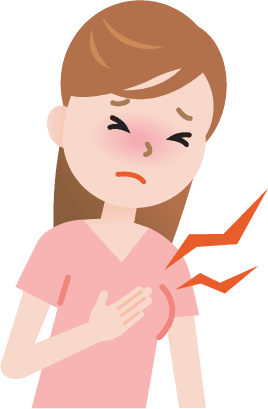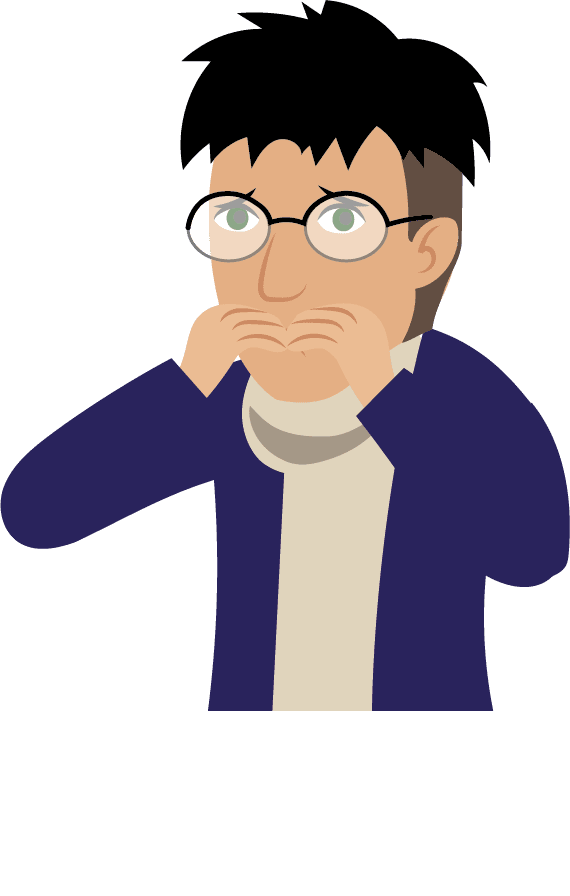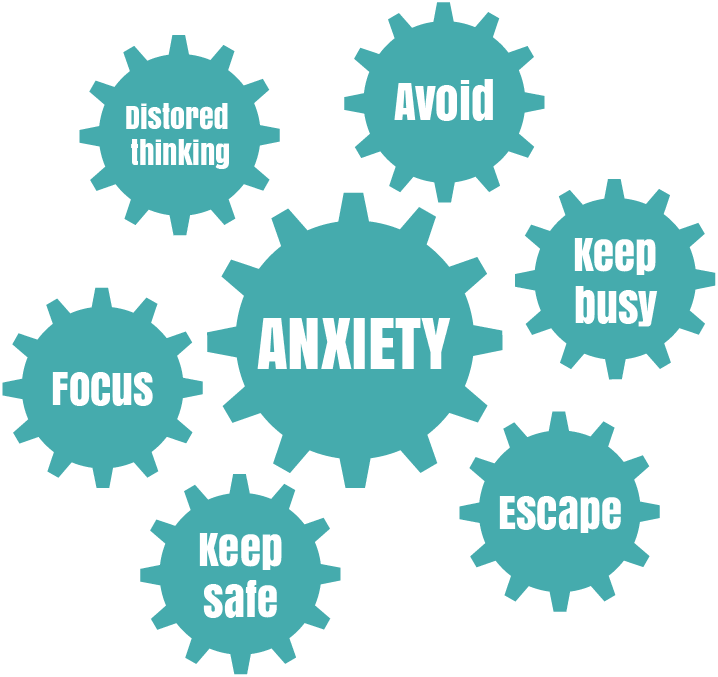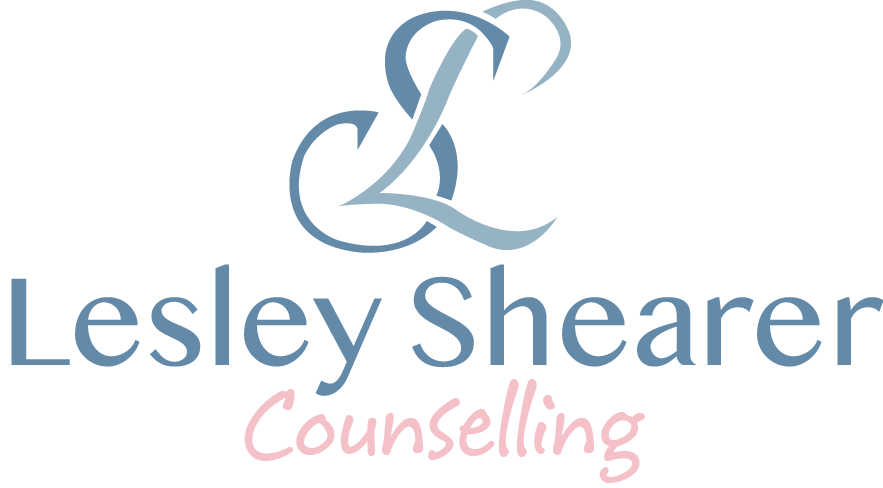
Anxiety

Lesley Shearer Counselling and the Counselling Lounge offer the MCN model of therapy. Gain instant access to the cutting edge MCN model step by step guide for Anxiety.
Mindfulness
Provide immediate relief from the symptoms of Anxiety. By practicing mindful living it will become a powerful way to manage anxiety in the moment.
Cognitive Behavioural Therapy
CBT is a very effective treatment for anxiety. The unhealthy thinking pattern that creates anxiety are identified and challenged.
Neuroplasticity
Neuroplasticity is the ability of the brain to change throughout an indiviuals life. Understand how to rewire the brain for confidence and tranquility.
What is Anxiety
Anxiety is a mental and physical reaction to threats (Real or Imagined). A little anxiety can be helpful as it protects you from danger. When it occurs too often it can effect the quality of your life.
Symptoms of Anxiety
✔ Excessive Nervousness
✔ Heart Racing
✔ Feeling of Dread
✔ Upset Stomach
✔ Problem Listening
✔ Fear & Aviodance
✔ Poor Concentration
✔ Tension
Types of Anxiety
| Generalised Anxiety | Anxiety and worry in several areas of life. E.g. Feeling overwhelmed with food shopping, finances, house work or responsibilities. |
|---|---|
| Phobias | A very intense fear of a specific object or situation, which is out of proportion to the actual threat. E.g Public Speaking, Talking out in class, Wasps, Spiders. |
| Panic | During a panic attack you may experience uncomfortable physical symptoms and become overwhelmed with dread and fear. |
| Health | You may develop a preoccupation with being seriously ill. If someone believes they have an illness such as cancer or a brain tumour, then any physical sensation may be seen as a symptom of the specific illness, and therefore serves to convince them that they must be seriously ill. |
Anxiety is the body’s way of responding to being in danger. Adrenaline is rushed into our bloodstream to enable us to run away or fight. This happens whether the danger is real, or whether we believe the danger is there when actually there is none. It is the body’s alarm and survival mechanism. Primitive man wouldn’t have survived for long without this life-saving response. It works so well, though, that it often kicks in when it’s not needed – when the danger is in our heads rather than in reality. We think we are in danger, so that is enough to trigger the system to go, go, go! People who get anxious tend to get into scanning mode – where they are constantly on the lookout for danger, hyper-alert to any of the signals, and make it more likely that the alarm system will be activated.
Thoughts that often occur relate to our overestimating or exaggerating the actual threat and underestimating or minimising our ability to cope:
- I’m in danger right now
- The worst possible scenario is going to happen
- I won’t be able to cope with it
Behaviours might include:
- Avoiding people or places
- Not going out
- Going to certain places at certain times, e.g. shopping at smaller shops, at less busy times
- Only going with someone else
- Escape, leave early
- Go to the feared situation, but use coping behaviours to get you through: examples include: self talk, holding a drink, smoking more, fiddling with clothes or handbag, avoiding eye contact with others, having an escape plan, medication. These are called ‘safety behaviours’.
Safety behaviours can also help to keep your anxiety going. Whilst you depend on them to help you cope, you don’t get to find out that without them, the anxiety would reduce and go away on its own.
Whilst avoiding people or situations might help you feel better at that time, it doesn’t make your anxiety any better over a longer period. If you’re frightened that your anxiety will make you pass out or vomit in the supermarket aisle, you won’t find out that won’t actually happen, because you don’t go. So the belief that it will happen remains, along with the anxiety.
ALARMING ADRENALINE!
The body’s alarm system
When the brain perceives a threat, it activates the body’s “fight or flight” alarm system, and adrenaline is released into the blood from the adrenal glands. We experience uncomfortable feelings because the adrenaline makes the body systems speed up, diverting blood towards the big muscles, preparing us to attack (anger) or escape (anxiety)
Head Dizzy
Or light-headed. Result of our faster breathing.
Brain Hijacked
Thoughts race which makes it hard to think clearly and rationally. Feelings of being “unreal” or detached.
Breathe fast & shallow
Helps us take in more oxygen, which is then transported around the blood system. Sometimes we experience a chocking feeling.
Stomach churns
Adrenaline reduces blood flow and relaxes muscles in the stomach and intestines (blood diverted to limb muscles) causing nausea, butterflies and churning.
Muscles tense
Blood, containing vital oxygen and glucose energy, is sent to the big muscles of the arms and legs – ready for fight or escape. Can also cause aches and pains.

Eyes Widen
Allows more light in – improves (or blurs) vision.
Mouth dries
Caused by narrowing of the blood vessels.
Heart beats faster
And palpitates. Blood pressure and pulse increases as the heart pumps more blood to muscles, allowing us to run away or attack.
Hands tingle - legs tremble
Or “Jelly Legs”. Blood is diverted to large muscles, and small blood vessels constrict, causing tingling, trembling or numbness.
Bladder relaxes
Inner sphincter muscle relaxes so we might feel urge to pass urine. Outer sphincter remains under conscious control (except in rare terror situations).
Behaviours might include:
- Avoiding people or places
- Not going out
- Going to certain places at certain times, e.g. shopping at smaller shops, at less busy times
- Only going with someone else
- Escape, leave early
- Go to the feared situation, but use coping behaviours to get you through: examples include: self talk, holding a drink, smoking more, fiddling with clothes or handbag, avoiding eye contact with others, having an escape plan, medication. These are called ‘safety behaviours’.
Safety behaviours can also help to keep your anxiety going. Whilst you depend on them to help you cope, you don’t get to find out that without them, the anxiety would reduce and go away on its own.
Whilst avoiding people or situations might help you feel better at that time, it doesn’t make your anxiety any better over a longer period. If you are frightened that your anxiety will make you pass out or vomit in the supermarket aisle, you won’t find out that won’t actually happen, because you don’t go. So the belief that it will happen remains, along with the anxiety.
Vicious Cycle of Anxiety
We all feel anxious sometimes. A certain amount of anxiety helps us to be more alert and focused. For example just prior to an exam, a few exam nerves have a positive effect motivating us, helping us focus our thoughts on the job in hand, making us more alert. Too much anxiety, or constantly being anxious, is unhealthy and detrimental to our lives and relationships.


Vicious Cogs of Anxiety
By looking at the “cogs” that keep the central problem going, we can target and make positive changes in each of the cogs, which will at least, slow down, and at best, stop, the central problem, for example:
Identify your triggers
What or when are the times when you are more likely to get anxious? If you can see the patterns, then maybe you can do something about those situations, and do something different.
- Certain places?
- Certain people?
- Anytime, anyplace?
- Seeing certain things?
- Hearing certain things?
- Thinking ahead to certain situation?

Doing things differently
If avoiding situations and using safety behaviours helps to maintain our anxiety over the long-term, then it makes sense that learning to confront it might be uncomfortable in the short-term, but will help us take control and helps us feel better over time.
Make a plan to gradually do the things you normally avoid. For instance if you normally avoid going out to big social events at work, then start with a small dinner at a restaurant where you feel more comfortable, with few close colleagues – not the annual Christmas party! Whilst it will feel uncomfortable, you will learn that you can enjoy these events, and that the anxious feeling does go away.
If you have a fear of particular types of places (e.g. lifts), then you could start by listing different particular places (smaller, bigger lifts, taller, smaller buildings, glass walls or enclosed etc). You could start by standing next to a lift for a couple of minutes each day for a couple of weeks, then slowly build up to standing in the doorway with the doors open, then to getting in the lift without the doors closing, then to letting the doors close before opening them again, then to going up one floor etc. You can use breathing techniques or self-talk (challenging your unhelpful thoughts and repeating more realistic thoughts) to get you through these times.
If you normally depend on ‘safety behaviours’ to help you cope, then list them in order of importance, then start by dropping or not doing the least important, and gradually work your way up over time.
What to do when you feel anxious
STOPP! Pause, take a breath, don’t react automatically
Ask yourself:
- What am I reacting to?
- What is it that I think is going to happen here?
- What’s the worst (and best) that could happen? What’s most likely to happen?
- Am I getting things out of proportion?
- How important is this really? How important will it be in 6 months time?
- Am I overestimating the danger?
- Am I underestimating my ability to cope?
- Am I mind-reading what others might be thinking?
- Am I believing I can predict the future?
- Is there another way of looking at this? Is this fact or opinion?
- What advice would I give someone else in this situation?
- Am I putting more pressure on myself?
- Just because I feel bad, doesn’t mean things really are bad.
- What do I want or need from this person or situation? What do they want or need from me? Is there a compromise?
- What would be the consequences of responding the way I usually do?
- Is there another way of dealing with this? What would be the most helpful and effective action to take? (for me, for the situation, for others)
- Visualise yourself coping in the situation you feel anxious about. See the situation to a successful completion.
How to deal with the physical sensations of anxiety
Counteract the body’s adrenaline response – its readiness for action, by using that energy healthily.
- Practice calming or mindful breathing – this one act alone will help reduce the physical sensations, emotions and intensity of thoughts.
- Visualisation: Breathe in blue (for calm), breathe out red.
- Exercise – Go for a walk, run or cycle, or do some gardening or housework.
